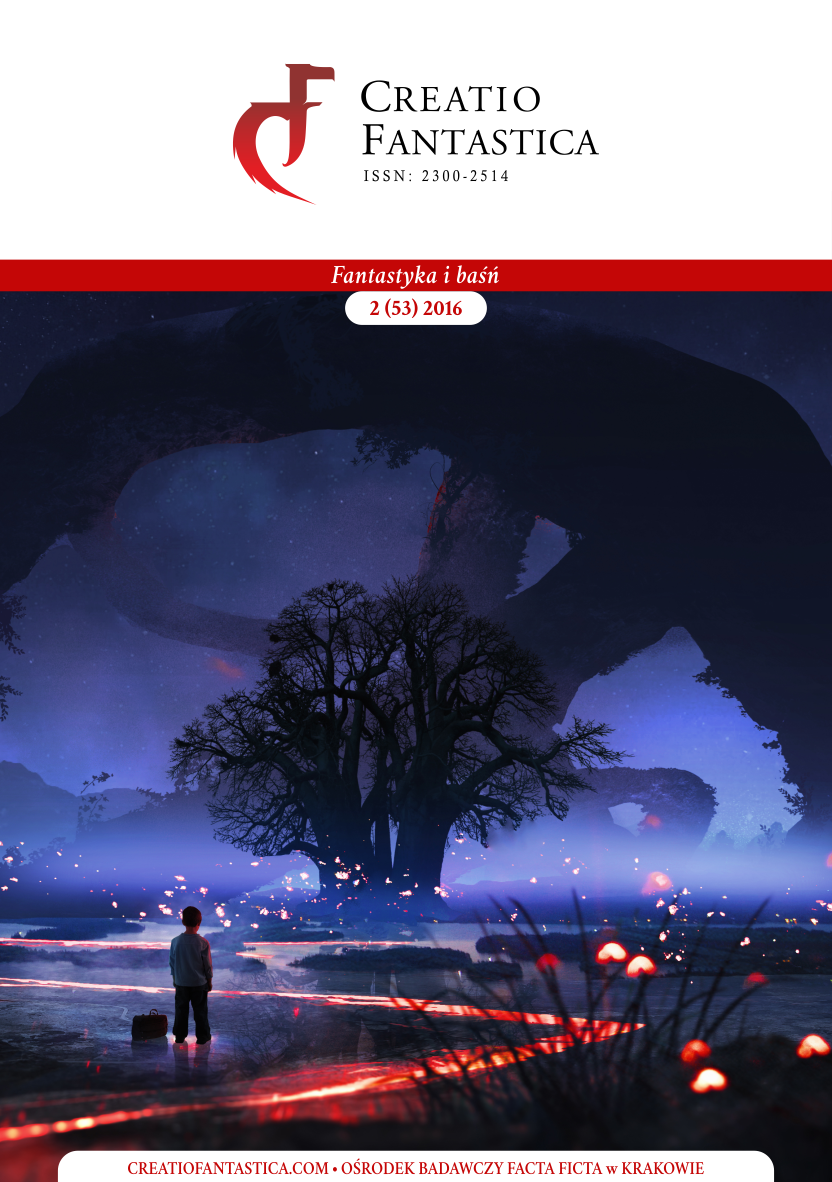Autoreferencyjność w dwóch baśniach europejskich: w "Oślej Skórce" Charlesa Perraulta i w "O głupim, co ożeniuł się z królowną i został królem" (baśń polska)
Autoreferentiality in Two European Fairy Tales: Charles Perrault’s “Donkeyskin” and “On a Fool who Married a Princess and Became a King”
Author(s): Anne-Marie MonluçonSubject(s): Language and Literature Studies, Studies of Literature, Comparative Study of Literature, French Literature, Polish Literature, Theory of Literature
Published by: Ośrodek Badawczy Facta Ficta
Keywords: Charles Perrault;comparative literature;mise en abyme;fairy tales;
Summary/Abstract: The article Autoreferentiality in Two European Fairy Tales: Charles Perrault’s “Donkeyskin” and “On a Fool who Married a Princess and Became a King” offers a critical introduction to Charles Perrault’s Donkeyskin fairy tale, published for the first time in Polish in this very issue of “Creatio Fantastica” journal, as well as a comparative analysis of French and Polish editions of the aforementioned work along with a lesser known Polish one, entitled On a Fool who Married a Princess and Became a King. Anne-Marie Monluçon uses those texts as an exemple of the use of the “text-within-a-text” or “story-within-a-story” (mise en abyme) narrative device and proceeds with an in-depth interpretation and close reading of the fairy tales in order to explore their autoreferentiality. Finally, the author focuses on how Charles Perrault succeded in finding a “middle voice” between the literary fairy tale and a folk one—and, at the same time, how autoreferentiality and mise en abyme may be successfully utilized in both genres, challenging the way one may want to draw differences between literature performed for the courtly joy of the highborns and on the backyard for the common folk.
Journal: Creatio Fantastica
- Issue Year: 53/2016
- Issue No: 2
- Page Range: 7-21
- Page Count: 15
- Language: Polish

